Okay, let’s talk about chicken breast. It’s the thing we all buy, thinking we’ll be healthy and responsible. But then we cook it, and it’s dry, boring, and just… sad. I’ve been there more times than I can count.
This recipe is the answer to that problem. I’m going to show you how to make a spinach and cheese stuffed chicken breast that is so juicy and flavorful, you’ll forget all about those sad, bland chicken dinners. It looks fancy, but I promise it’s secretly super easy.
You’re going to learn the right way to butterfly a chicken breast so it doesn’t fall apart, and my little trick for making sure none of that cheesy goodness leaks out in the pan. By the end of this, you’ll have a go-to meal that works for a Tuesday night or even for when you have company over.
What You’ll Need
This list looks simple, and it is. The magic is in how you put it all together. Don’t skim on the good cheese; it really makes a difference.
| Ingredient | Amount |
|---|---|
| Boneless, skinless chicken breasts | 4 large (about 8 oz each) |
| Cream cheese, softened | 4 ounces |
| Frozen chopped spinach | 5 ounces |
| Shredded mozzarella cheese | ½ cup |
| Grated Parmesan cheese | ¼ cup |
| Garlic powder | 1 teaspoon |
| Onion powder | ½ teaspoon |
| Salt | 1 teaspoon |
| Black pepper | ½ teaspoon |
| Olive oil | 2 tablespoons |
| Unsalted butter | 2 tablespoons |
A quick note on the spinach: make sure you get the chopped kind, not the whole leaf. And when I say squeeze it dry, I mean squeeze it like you’re trying to get the last drop of toothpaste out of the tube. Seriously. Any extra water will make your filling runny, and nobody wants that.
The Tools for the Job
You don’t need any wild kitchen gadgets for this. Just the basics will do the trick. Having everything out and ready before you start makes the whole process feel way less chaotic.
| Tool | Purpose |
|---|---|
| Cutting board | For the chicken |
| Sharp knife | For butterflying |
| Medium bowl | For the filling |
| Toothpicks | To seal the chicken |
| Large skillet (oven-safe) | For searing and cooking |
| Tongs | For flipping |
Pro Tips from My Kitchen
I’ve made this dish hundreds of times, both at home and in a busy restaurant kitchen. Along the way, I’ve figured out a few things that separate a “pretty good” stuffed chicken from a “wow, I need this recipe” stuffed chicken.
-
Don’t Overstuff the Chicken. I know, it’s tempting. You have all this delicious, cheesy filling and you want to cram every last bit in there. Resist the urge. If you overfill it, the cheese will just ooze out during cooking and burn in the pan. A good rule of thumb is about 2-3 tablespoons of filling per chicken breast. It will look like it’s not enough, but trust me, it is.
-
Pound It Out (Gently). After you butterfly the chicken, you’ll have two flaps. To make them easier to roll and to ensure even cooking, cover the chicken with a piece of plastic wrap and gently pound it with a meat mallet or even a rolling pin. You’re not trying to pulverize it; you’re just aiming for an even thickness, about half an inch all around. This makes a huge difference.
-
The Toothpick Trick is Your Best Friend. Sealing the chicken is key. After you stuff and fold it, use three or four toothpicks to pin the edges together like you’re sewing a seam. This little step is the best insurance policy against a cheese explosion in your pan. Just, and this is important, remember to tell everyone to take them out before they start eating!
Let’s Get Cooking: Step-by-Step Instructions
Alright, here we go. Follow these steps, and you’ll be in great shape. Don’t rush it—the whole thing takes less than 30 minutes of active work.
Step 1: Prep Your Filling
First things first, let’s get that spinach ready. Thaw your frozen spinach (a minute in the microwave usually does it) and then put it in a clean kitchen towel or a few layers of paper towels. Squeeze all the water out. I mean all of it. Put the dry spinach in a medium bowl. Add the softened cream cheese, mozzarella, Parmesan, garlic powder, onion powder, ½ teaspoon of salt, and ¼ teaspoon of pepper. Mix it all up until it’s really well combined. Set it aside.
Step 2: Butterfly the Chicken
Lay a chicken breast flat on your cutting board. Place your non-cutting hand firmly on top of the chicken to hold it steady. With a sharp knife held parallel to the cutting board, carefully slice into the thickest side of the chicken breast. Stop about half an inch from the other side. You’re not trying to cut it in two, but open it up like a book. Repeat with the other chicken breasts.
Step 3: Season and Stuff
Sprinkle the inside and outside of your butterflied chicken breasts with the remaining salt and pepper. Now, spoon about a quarter of the spinach and cheese filling onto one side of each chicken breast. Don’t spread it all the way to the edges; leave a little border.
Step 4: Seal It Up
Fold the empty side of the chicken breast over the filling. It should look like a little chicken sandwich now. Use toothpicks to secure the open edges so the filling stays inside while it cooks. This is that pro tip in action!
Step 5: Get a Good Sear
Place a large, oven-safe skillet over medium-high heat. Add your olive oil and butter. Once the butter is melted and foamy, carefully place the stuffed chicken breasts in the pan. Let them cook for about 4-5 minutes on one side, without moving them. You’re looking for a beautiful, golden-brown crust. That crust is flavor.
Step 6: Finish in the Oven (or on the Stove)
Once you’ve got that nice sear, flip the chicken breasts over. Now you have a choice. You can either pop the whole skillet into a preheated 400°F (200°C) oven for about 15-20 minutes, or you can reduce the heat on the stovetop to medium-low, cover the pan, and let it cook for another 15-20 minutes. The chicken is done when it’s cooked through and the internal temperature reaches 165°F (74°C).
Step 7: Let It Rest
This might be the most important step that everyone skips. Once the chicken is cooked, take it out of the pan and let it rest on a cutting board for at least 5 minutes. This lets the juices redistribute back into the meat, making it way more tender and juicy. If you cut into it right away, all that goodness will just run out onto your plate. And please, please, please remember to pull out the toothpicks before serving.
Swaps and Fun Variations
Once you get the basic technique down, you can have a lot of fun with this recipe. It’s really hard to mess up.
- Cheese Swaps: Don’t have mozzarella? Provolone, Gruyère, or even a good white cheddar works great. A little feta mixed into the filling adds a nice salty kick.
- Add Some Crunch: Mix in some toasted pine nuts or chopped artichoke hearts to the filling for a different texture.
- Make it Spicy: A pinch of red pepper flakes in the cheese mixture will give it a nice little bit of heat.
- Bacon, Because Bacon: Add some crispy, crumbled bacon to the filling. You can’t go wrong there.
- Herb It Up: Fresh herbs are always a good idea. A little bit of chopped basil, parsley, or chives in the filling can really brighten up the flavor.
Can I Make This Ahead of Time?
Yes, you absolutely can, which makes it great for weeknights. You can prepare the chicken completely—stuff it, season it, and secure it with toothpicks—up to a day in advance. Just lay the prepared breasts in a single layer in an airtight container and store them in the fridge. When you’re ready to cook, just take them out and go straight to the searing step. You might need to add a couple of extra minutes to the cooking time since they’ll be starting cold.
What to Serve With Your Masterpiece
This chicken is pretty rich and satisfying, so I like to serve it with something simple on the side.
- Veggies: Roasted asparagus or broccoli is perfect. Just toss them with a little olive oil, salt, and pepper and roast them while the chicken is finishing in the oven.
- Starch: A simple side of mashed potatoes, rice pilaf, or even some creamy polenta is great for soaking up any juices.
- Salad: A light green salad with a simple vinaigrette provides a fresh contrast to the creamy, cheesy chicken.
Leftovers and Storage
If you happen to have any leftovers, they store really well. Just pop them in an airtight container in the refrigerator for up to 3 days.
To reheat, I would avoid the microwave if you can. It tends to make the chicken rubbery. The best way is to place it in a lightly oiled skillet over medium-low heat with a lid on for about 5-7 minutes, until it’s warmed through. Or, you can pop it in a 350°F (175°C) oven for about 10-15 minutes.
A Quick Look at the Nutrition
This is just an estimate, but it gives you a general idea. The exact numbers will change based on the specific ingredients you use, especially the types of cheese. This is for one stuffed chicken breast.
| Nutrient | Amount (approx.) |
|---|---|
| Calories | 450 kcal |
| Protein | 55g |
| Fat | 25g |
| Carbohydrates | 3g |
Frequently Asked Questions
Q1. My cheese always leaks out! What am I doing wrong?
Ans: You’re probably overstuffing it. Also, make sure you use toothpicks to really secure that seam shut before you start cooking.
Q2. Can I use fresh spinach instead of frozen?
Ans: Yes, but you’ll need a lot more—about 10 ounces of fresh spinach to get the same amount. Just wilt it in a pan with a tiny bit of water, then squeeze it bone dry just like the frozen stuff.
Q3. I don’t have an oven-safe skillet. What should I do?
Ans: No problem! Just sear the chicken on both sides in your regular skillet, then transfer the chicken breasts to a baking dish to finish them in the oven.
Q4. Can I bake this instead of pan-searing it?
Ans: You can, but you’ll miss out on that delicious golden-brown crust. If you do want to bake it, place the stuffed chicken in a baking dish and bake at 400°F (200°C) for 25-30 minutes, or until cooked through.
Wrapping Up
See? That wasn’t so bad. You just took a plain, boring chicken breast and turned it into something amazing. This is one of those recipes that looks impressive but is secretly simple, and now you know all the little tricks to make it perfect every single time.
Now it’s your turn. Go give it a try! And when you do, come back and leave a comment below. I’d love to hear how it went, if you tried any fun variations, or if you have any questions. Happy cooking
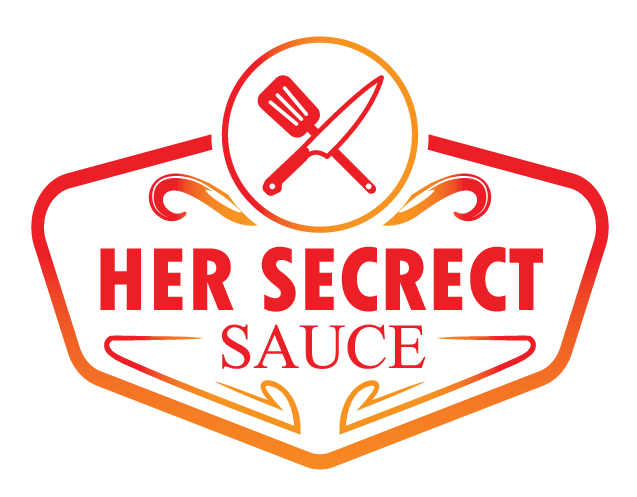
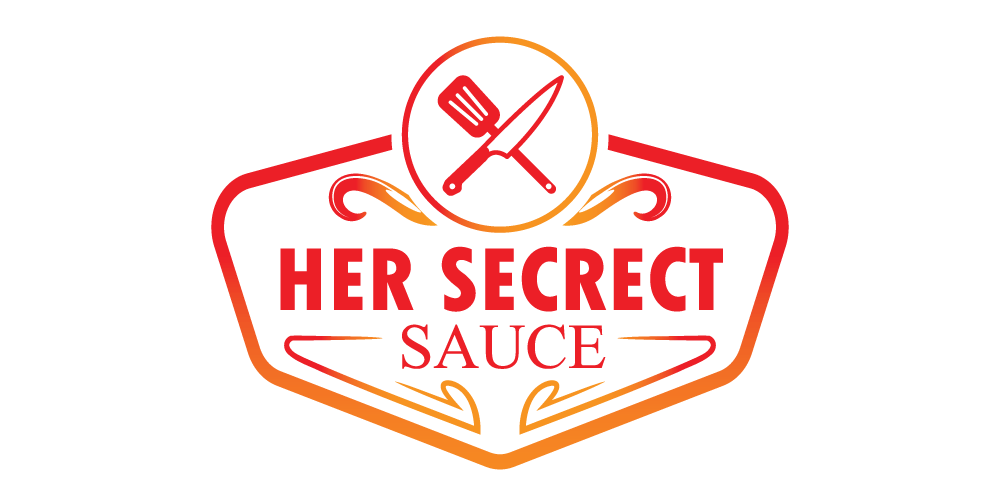
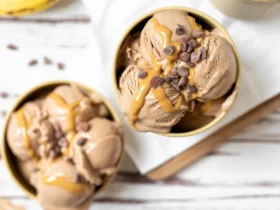
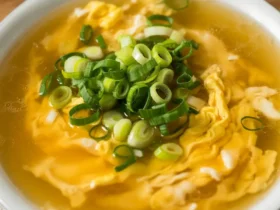
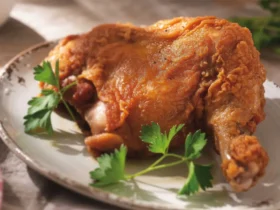

Leave a Reply